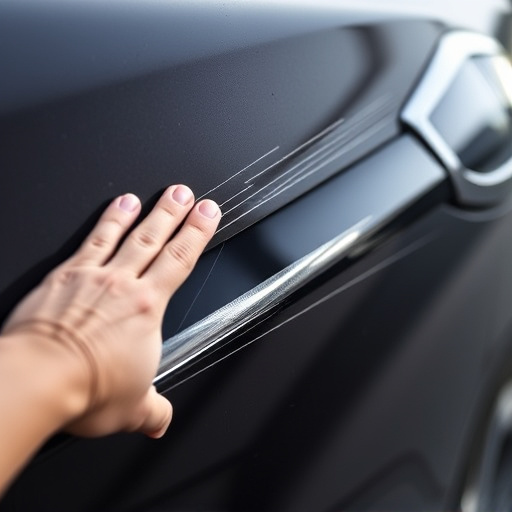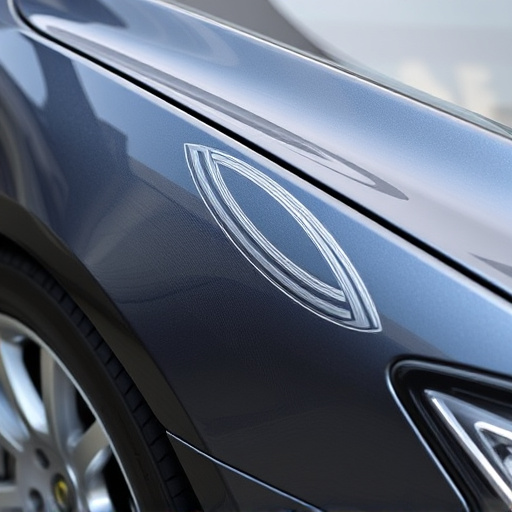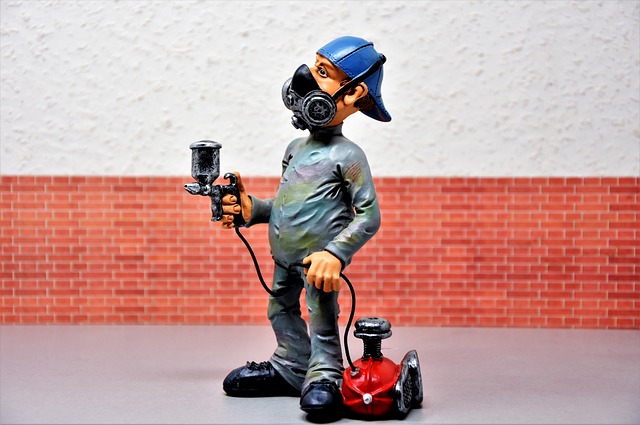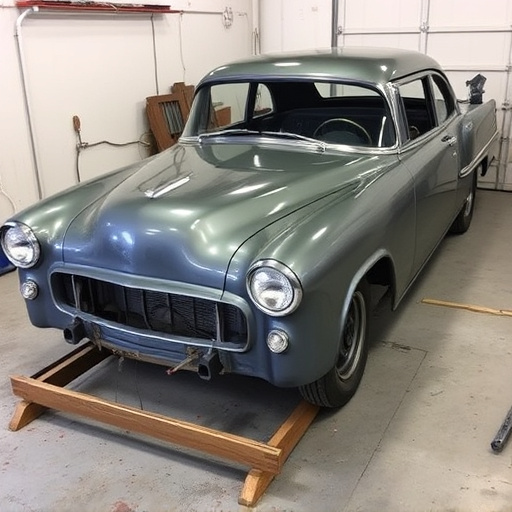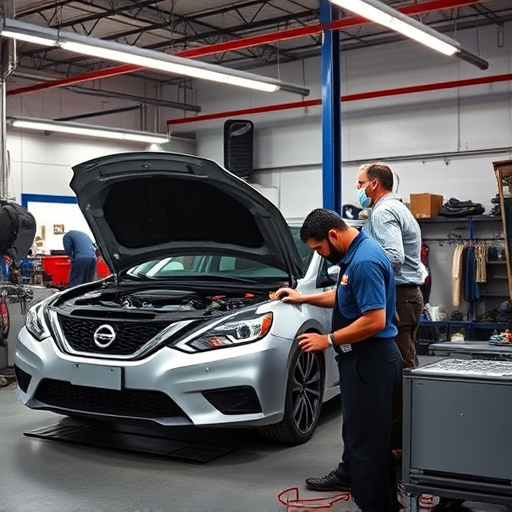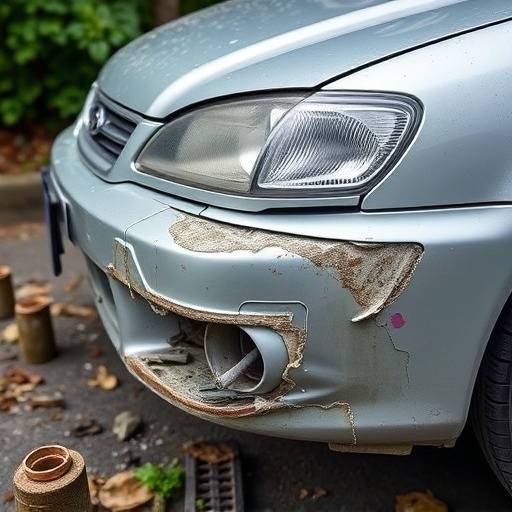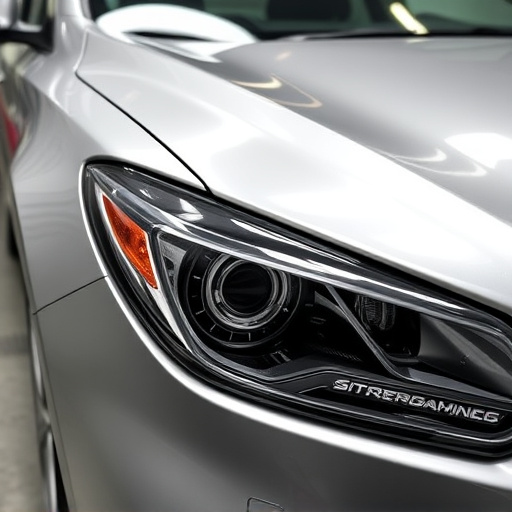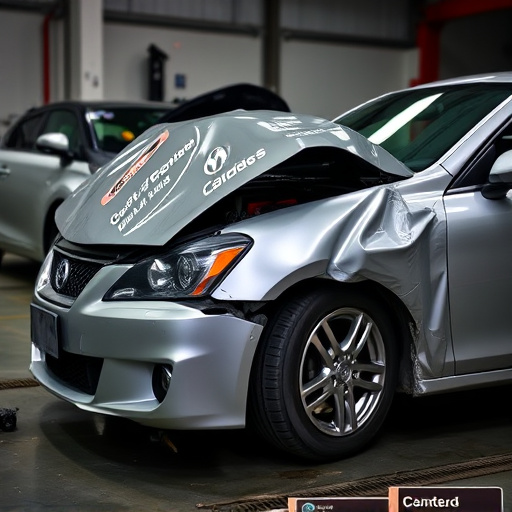Understanding auto insurance coverage for new auto body panels requires careful review of policy specifics, as they vary between providers and types. Comprehensive and collision coverage in full policies typically covers damages from accidents, theft, or natural disasters, enabling repairs or replacements. However, deductibles apply, and restrictions may exist based on age or condition. Knowing these details is crucial for effective auto maintenance, ensuring secure investments in car dent repair and auto body painting. The process begins with assessing and documenting damage, filing an insurance claim, and communicating with providers to guide steps like incident reporting, photography, estimating, and accurate replacements by approved collision centers.
Are you wondering if your insurance covers the cost of repairing or replacing those brand-new auto body panels after a fender bender? This guide is your go-to resource. We break down the intricacies of auto insurance policies and how they pertain to new auto body panels, offering insights into what constitutes claimable damage and the steps to filing an insurance claim. Understanding these aspects can help ensure you receive the necessary coverage for your vehicle’s repairs.
- Understanding Auto Insurance Coverage for New Auto Body Panels
- What Constitutes a Claimable Damage to New Auto Body Panels?
- The Process of Filing an Insurance Claim for Replaced Auto Body Panels
Understanding Auto Insurance Coverage for New Auto Body Panels
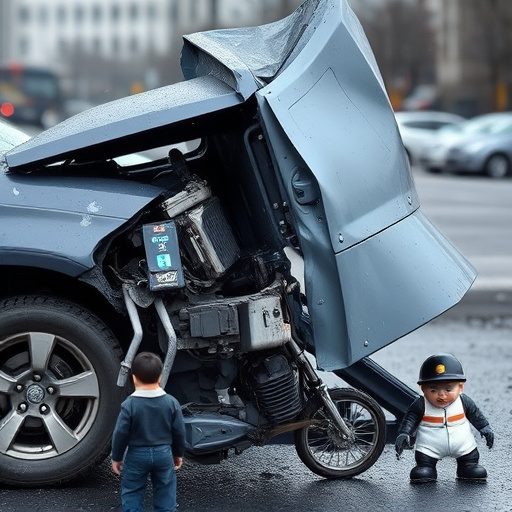
When it comes to understanding auto insurance coverage for new auto body panels, it’s essential to decipher the fine print. Most standard auto insurance policies include some form of coverage for new or replacement auto body panels, but the specifics can vary widely between providers and policy types. Comprehensive and collision coverage, often part of a full coverage policy, typically cover damages from accidents, theft, or natural disasters, enabling repairs or replacements to get your vehicle back on the road.
While these policies offer significant protection for new auto body panels, it’s crucial to remember that deductibles apply. This means you’ll need to pay a predetermined amount out of pocket before insurance steps in to cover the rest. Additionally, some policies may have limitations on the age or condition of the vehicle, and certain high-end or specialty vehicles might require specific endorsements for adequate coverage. Knowing these details is vital for effective auto maintenance and ensuring your investment in car dent repair and auto body painting is secure.
What Constitutes a Claimable Damage to New Auto Body Panels?

When it comes to new auto body panels, insurance policies typically cover damages incurred due to accidents or natural disasters. Claimable damage refers to any harm that affects the structural integrity or aesthetic appeal of these panels. Dents, scratches, and cracks caused by collisions, for instance, are usually covered under comprehensive insurance plans. Similarly, if severe weather conditions like storms or hail events cause damage to new body panels, it’s likely to be considered a valid claim.
Auto body restoration is often seen as an essential part of the claims process, ensuring that these panels return to their original condition. The extent of coverage may vary depending on the insurance provider and the specific policy terms. However, collision repair services are commonly included in comprehensive coverage, allowing vehicle owners to get their new auto body panels repaired or replaced without incurring significant out-of-pocket expenses.
The Process of Filing an Insurance Claim for Replaced Auto Body Panels
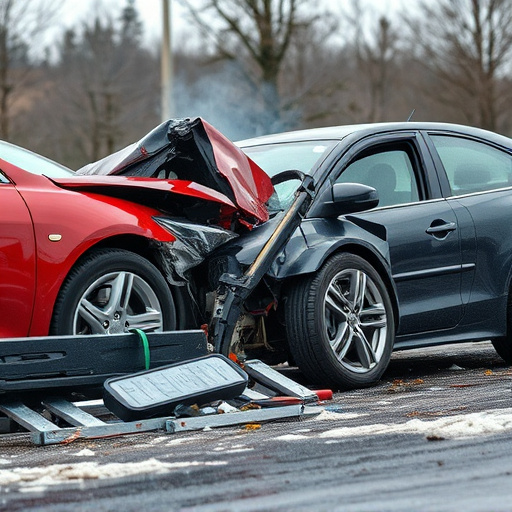
When new auto body panels are needed due to damage or accident, filing an insurance claim is a crucial step in the repair process. First, assess the extent of the damage and gather all necessary information about the vehicle’s make, model, and year. This detail is essential for identifying genuine replacement parts, ensuring compatibility, and maintaining the car’s resale value. Once ready, contact your insurance provider to initiate the claim process. They will guide you through the steps, which typically involve reporting the incident, documenting the damage with photos, and providing estimates from qualified car bodywork services or collision centers.
The auto collision center will play a pivotal role in this journey, as they specialize in repairing and replacing auto body panels. They’ll send an appraiser to inspect the vehicle, assess the work required, and provide an estimate for the cost of new panels and labor. With the insurance company’s approval, the chosen collision center will then proceed with the replacement, ensuring the new panels are fitted accurately and meet industry standards. Regular communication between you, the insurance company, and the collision center is vital to streamline the process and ensure a smooth journey towards getting your vehicle back on the road.
When it comes to insuring new auto body panels, understanding your policy is key. If damage occurs, knowing what constitutes claimable damage and following the right procedures for filing a claim can ensure a smoother process. Remember, many insurance policies cover the cost of repairing or replacing new auto body panels due to accidents or certain types of damage, so being informed is the first step towards ensuring your vehicle’s protection.
